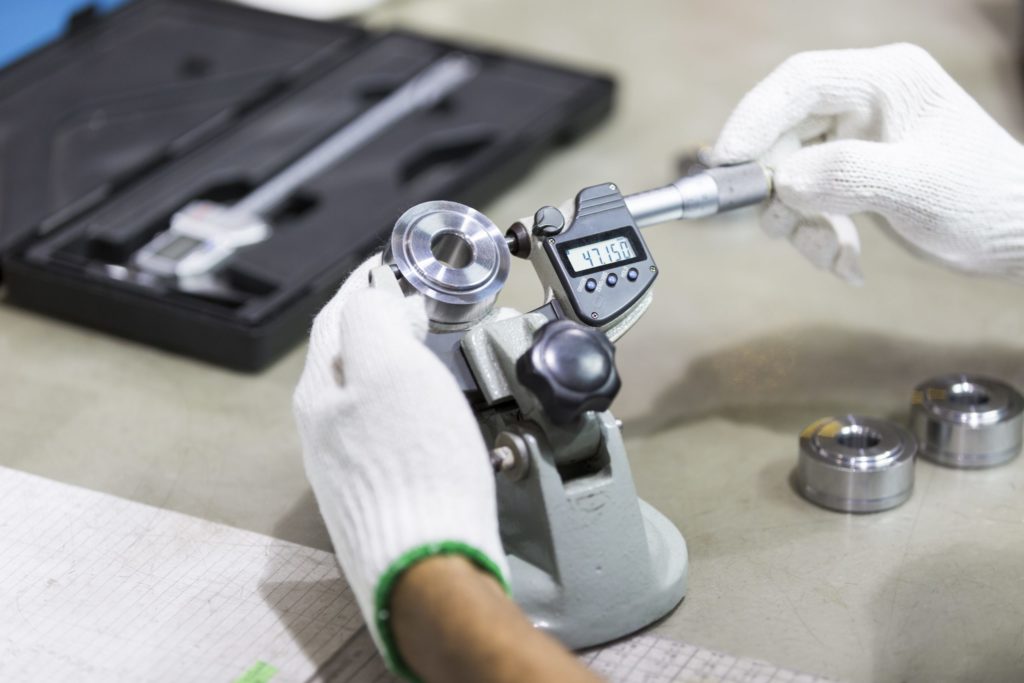
Calibration is an essential process to ensure the accuracy and reliability of data loggers. The following are some steps to calibrate data loggers effectively:
Use a reference thermometer: A reference thermometer is used to verify the accuracy of the data logger’s temperature sensor. The reference thermometer should be calibrated and certified by an accredited calibration laboratory.
Prepare the testing environment: Ensure that the testing environment is stable and consistent. This means eliminating any external factors that can affect the temperature, such as sunlight or drafts.
Set up the data logger: Set up the data logger according to the manufacturer’s instructions. Ensure that the battery is fully charged or that the data logger is connected to a power source.
Run the test: Place the reference thermometer and data logger in the testing environment and record the readings at regular intervals. Run the test for a sufficient amount of time to capture any variations in temperature.
Compare the results: After the test is complete, compare the readings from the reference thermometer and data logger. If there are any significant differences, adjust the data logger settings or send it for calibration.
Record the results: Record the results of the calibration test and store them in a secure location. This documentation will serve as proof of the data logger’s accuracy and compliance with regulations.
Repeat the calibration: Calibration should be performed regularly to ensure that the data logger remains accurate over time. The frequency of calibration depends on the specific application and the regulatory requirements.
Our qualified team of professionals would love to talk to you about questions or any requirements. Talk to our team now using the contact button for questions or needs.
Contact Us Via WhatsApp Contact Us Via Email Call Us Via Phone
